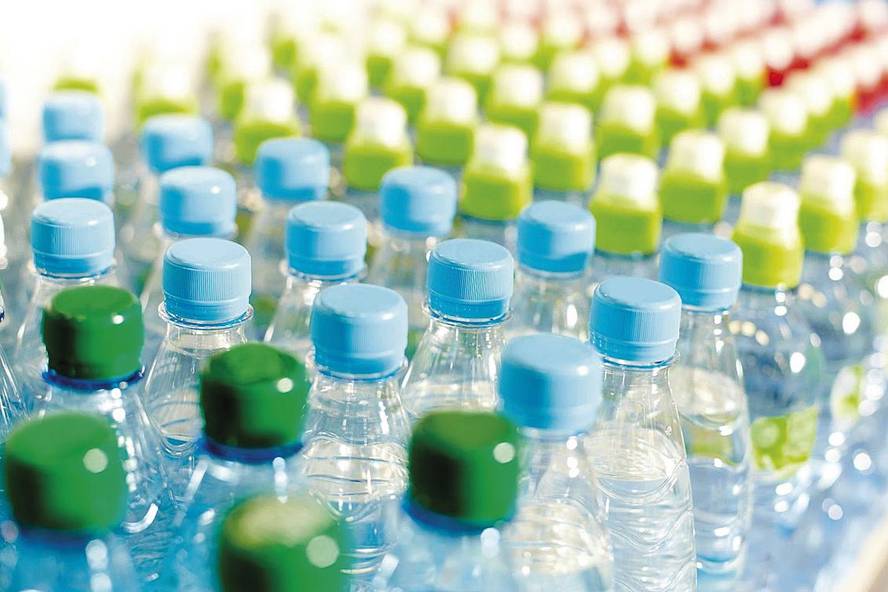Safe materials for food packaging
The safety of food in general and of food packaging materials in particular is based on three pillars: the toxicity of a substance, the degree of migration of a substance in a food, and the level of exposure.
The European legislation on materials in contact with food includes materials already in contact with food and materials created for contact with them, such as containers, food preparation zones, interior walls and shelves of a refrigerator, etc.
The legislation on materials and objects created for contact with food (Framework Regulation 1935/2004 of the European Commission) establishes the general principles applicable to all of them. This framework regulation includes specific regulations and directives for certain groups of materials. GAIKER-IK4, as a centre specialized in plastic materials, pays special attention to all materials related to the plastic sector: Regulations of Plastics, Regulations of Recycled Plastics and Active and Smart Containers.
The concept of multisport is highlighted in the Plastics Regulation. According to him, each layer must comply with the Regulations of Plastics, unless the plastic layer is behind a functional barrier, in which case the plastic layer can be made with substances that do not appear in the community list, provided they are not mutagenic, carcinogenic or toxic for reproduction. As for nanoparticles, it is necessary to evaluate their dangerousness, since if no information is available they do not fall within the concept of functional barrier.
The Recycled Plastics Regulation authorizes recycled plastics to be in contact with food as long as they have gone through an authorized recycling process. The European Food Safety Authority (EFSA) must assess the safety of the recycling process. Granting specific permits for each process.
Finally, the specific regulations of the active and intelligent containers created for contact with food indicate that the safety of the substance or combination of substances must be evaluated before the introduction in the market of active and intelligent materials and objects.
The degree of innovation in the plastic packaging market is still high, as the containers are increasingly used, increasingly sophisticated and light. Concern for the environment is a key factor.
In this sense, there are two important development lines in the packaging market. One of them is to prevent or reduce the environmental impact of containers and their waste. It encourages the development of innovative biodegradable materials and the use of recycled material suitable for use in the food industry. The other line seeks to design and develop safe active and intelligent packaging to improve the efficiency of the company, reduce waste and increase the control of consumers over the packed product.
In the coming years, the market is expected to face challenges such as the cost of energy and raw material, and the pressure to reduce and recycle the materials used in food packaging.
A material and an active object allows to extend the conservation time of a food or maintain or improve the condition of packaged foods. Active materials are designed to intentionally introduce components that transmit or absorb substances to packaged foods or their environment. On the other hand, it is called material and intelligent object that allows to control the state of packaged foods or their environment.
From the consumer and retail point of view, the need to know the state of food can be more interesting than control by dates. Substances such as protective gas, gas absorbers, antibacterial additives have long been used to influence food in a beneficial way. On the other hand, odour liberators can benefit the consumer when eating a food, etc.
It is expected that in the coming years electronic printing devices ("printable electronics") will revolutionize the packaging and packaging sector. Among the most booming devices on the market are smart containers associated with communication technologies, such as two-dimensional (2D) codes.
Smartphones (smartphones) allow users to easily connect with printed objects with content information, such as 2D codes.
In short, the area of food containers is fully evolving. The active or intelligent packaging systems that we will have in the coming years will provide a lot of information about food, both in terms of food security and origin traceability, nutritional properties, etc.








